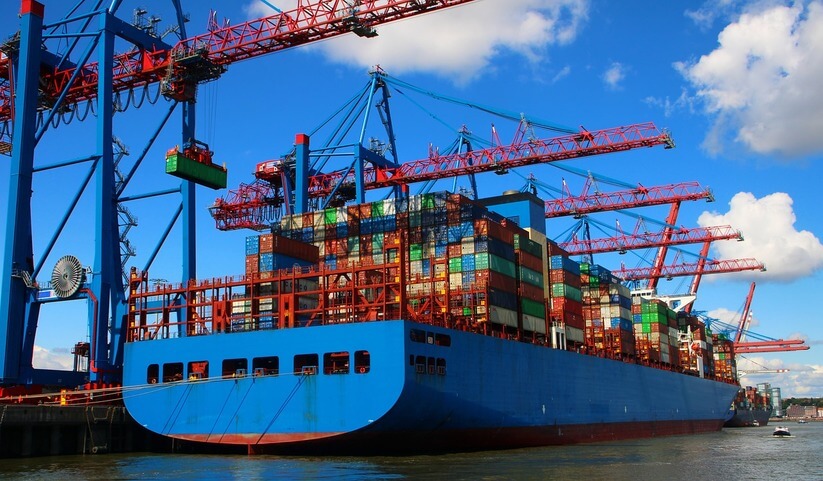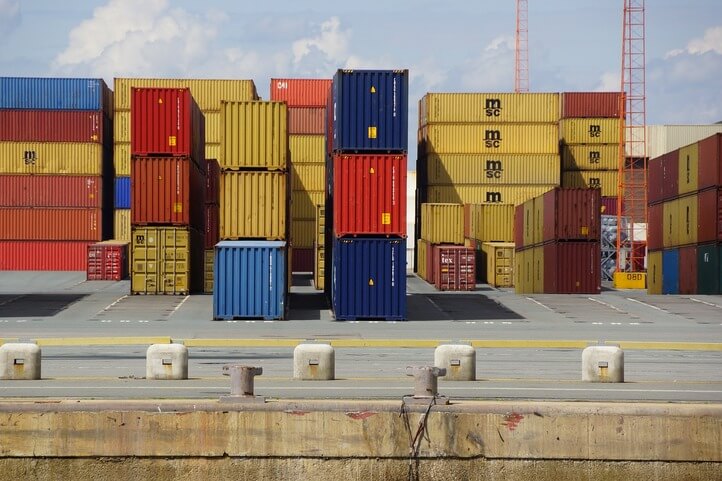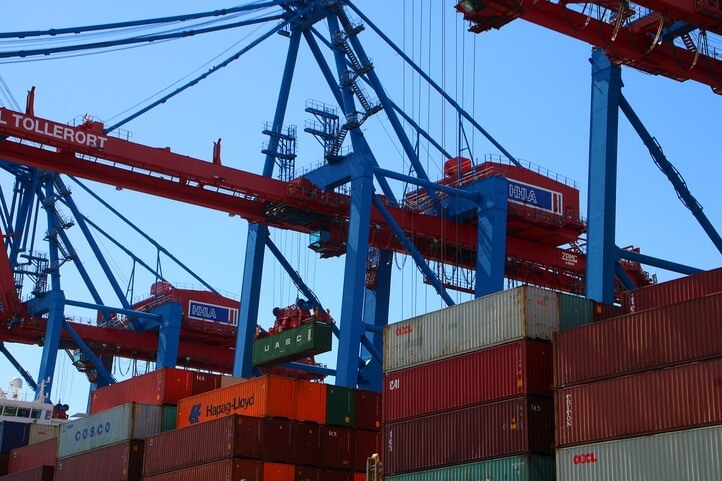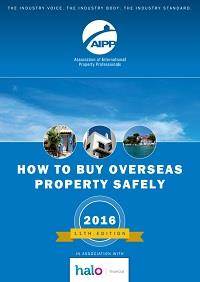Top Tips for Importing and Exporting for Start-Ups
International trade and online marketplace sellers is a hugely rewarding industry, both in terms of profit and personal satisfaction. Today, most imports and exports are made by small and medium-sized businesses, not large corporations. According to the U.S. Census Bureau, small exporting firms actually account for 98% of all exporting firms and 33% of U.S. exporting value.
If you’ve been thinking that the international trade industry might be for you, then we’re here to help. In this article, we provide our top 9 tips for starting out as an import-export merchant, covering everything from sourcing suppliers, pricing your product, sorting taxes, and more. Let’s get started.
What Is An Import/Export Business?
First things first, what is an import and export business? An import/export business is a company that facilitates trades between domestic and foreign companies. Importing is bringing goods or services into your country from another country, whilst exporting is sending goods or services produced into their home country out to other markets. There are two main reasons why imports and exports are such big businesses around the world: availability and cost. Certain things can’t be grown or made in every country, and some products are far cheaper to create in certain countries than others, such as technology and clothing.
Types of Import and Export Businesses
There are many different types of import-export businesses too, so there are plenty of different directions that you can take your business in. You can focus on just importing or just exporting, for example. You also don’t have to have one specific client base or specialise in one product or industry, your business can be as versatile as you want it to be. When deciding what kind of import or export business you want to start, it’s best not to try and cater to everyone. Start smaller at first, and you can always expand later by specialising in more products or international markets.
How to Start an Import Export Business Step by Step
1. Choosing a Product to Import or Export
For many, choosing a product for their business will either come from a hobby or passion, or an item that’s popular. it can be a good idea to choose a product that you already know something about since this awareness will help you to make informed decisions on pricing later on. If you have a skill for predicting trends, then use this to your advantage. If you can start exporting a product before it becomes a big-seller, then you could unlock a great business opportunity.
If you don’t have a knack for predicting trends, then market research is your best friend. Before jumping straight in and investing in your chosen product, It’s a good idea to do some research first. You could hold a focus group to gain feedback and get some honest opinions and insight into your potential product. Once you’re set on the product you want to import/export, then make sure to learn as much as you can about it. Being knowledgeable about your product will help you to understand your customers better as well as your competitors.
3. Don’t Over-Order On Stock
Be careful not to over-invest in your product at the start. Request samples before buying anything in bulk, so you can check that you’re happy with the quality of the product. Samples will be free but remember that you might have to pay postage costs, so factor this into your budget. Once you know you’re happy with the quality of the product, it’s wise to invest a smaller amount at first (around £1,000) and slowly increase your stock to match supply product demand over time. Once you have an accurate picture of how much stock you can expect to be selling, you can sort out appropriate storage for your product. Be aware that suppliers will try to get you to place a larger order to make a profit. However, make sure to stand your ground.
4. Finding the Right Market
Once you’ve selected the product that you want to import or export, it’s time to do some market research to locate the best foreign market for your product or service. A good resource to find where the products you’re supplying are most in-demand is to check with local government officials. On local government websites, you can find data on import/export statistics that will show where in the world products and services are moving to and from.
5. Finding Your Customers
Knowing where to ship your product to isn’t enough to make sales, you need to find your customers too. This usually means finding distributors and clients who will take on your product and sell it to others. Starting a website is a good way to put yourself out there and bring in potential clients. You can also try cold-calling any contacts you have in the area such as trade organisations, the Chamber of Commerce, trade consulates, and embassies. They will have a good awareness of the international marketplace and will be able to provide contacts. Trade shows are another way that you can showcase your business and products to make useful contacts face-to-face.
6. Using a Freight Company
To ship your product overseas, you will need to find a reliable freight company that can import or export your product for you at the best price. There are a few things you should consider when looking for a freight provider. It’s a good sign if they cover an extensive number of destinations with a range of carriers. The more contacts they have, the wider the variety of service options that will be available to you, meaning they’re more likely to be able to meet your supply chain needs in terms of both price and cargo size.
Also, check that they are a member of trade bodies such as FIATA (International Federation of Freight Forwarders Associations), BIFA (British International Freight Association), or IATA (The International Air Transport Association) or hold accreditations such as an AEO (Authorised Economic Operator).
You should also check whether they offer any additional services, such as the provision of Customs Compliance and 3PL. If you can utilise the company for more than just moving your goods from A to B, this can save you a lot of time and streamline your imports/exports process.
7. Shipping by air or sea
Deciding on the best mode of transport for your import/export business usually comes down to cost, speed, and reliability. There are some pros and cons to each, and to make the right choice there are a few things to take into consideration:
- Distance
Air freight is usually most preferred for direct transport routes between cities and countries, whilst sea freight is preferred for shipments that need to travel great distances spanning vast oceans.
- Speed
Air freight is faster than sea freight, which is what makes it the popular choice for shipping retail goods that need to reach the destination quickly.
- Type of cargo
Air freight has a smaller capacity and weight limitations than sea freight, which enables you to transport virtually any type and size of goods in containers.
- Cost
Because of the limited capacity of an aircraft, higher fuel consumption, and operational costs, air freight shipment is considerably more expensive than sea freight shipment.
8. Consider meeting your suppliers
Once your business is more established, it can be helpful to arrange a meeting with your suppliers. They will be able to give you a tour around their factories and provide you with a better insight into the product and production process. This information and deeper understanding are crucial when selling your product to buyers. It also helps to strengthen your relationship with your supplier, which can make future business negotiations easier for you.
9. Use a reputable foreign exchange company
When trading in the international marketplace as an importer or exporter, there is a risk of your profits being impacted by foreign exchange (FX) fluctuations. The best way to avoid this and to protect your profits is to gain an understanding of the international currency market and to seek expert advice.
As well as expert advice, you can also use a foreign exchange company to make your international payments. Payment providers such as high-street banks or PayPal will typically inflate exchange rates on top of transaction fees, so you won’t be getting the best deal. A professional foreign exchange company will also process your international payments quicker, which will improve relationships with your overseas suppliers too.
Here at Halo Financial, we offer corporate foreign exchange services to help businesses like yours mitigate foreign exchange risk with our smart FX solutions, identifying ways for you to take advantage of currency volatility, saving you time and money. Find out more about how we can help by registering for a free account today.






















